One of the aspects of gardening that I love the most is the seasonality of it. As much as I love the earthy smell of the first mowing in spring, by this time of year I equally look forward to the feeling of satisfaction that accompanies that final pass over the lawn in autumn. And sad as it is to tear out summer’s flowers in anticipation of the first frost, a winter’s rest only builds excitement for the year to come. With November’s short days upon us and winter just around the corner, now is the time to button up your garden, so here are a few tasks to accomplish outside this month.
First, it’s time to dig and store your dahlia tubers. In recent years, dahlias have become incredibly popular with gardeners, but many gardeners struggle to overwinter the tubers. With well-drained soil and a heavy layer of insulating leaves or grass clippings, some gardeners have success leaving the tubers in the ground over winter, but this can be risky, so most gardeners dig and store tubers each year.
Since we’ve had a hard freeze already, your dahlias have most likely wilted and died back for winter, and if you haven’t already, now is the time to cut the plants down and dig up the tubers. After digging, hose off the clumps of tubers to remove any soil and clean them for winter storage. Some gardeners also divide tubers at this point rather than in spring, but that can be done either now or in April.
After laying the tubers out to dry for a few days—preferably not directly on concrete as contact with concrete can sap the tubers of necessary moisture—I always recommend dusting the tubers with either copper or sulfur dust to prevent mold and other disease issues over winter. The easiest way to ensure a thorough coating of fungicide is to gently shake the tubers with fungicide in a paper bag, much like you would coat Chex when making puppy chow.
Following the application of fungicide, pack your tubers in peat moss or wood shavings and store in a cool, dark place with relatively high humidity to keep the roots from drying out over winter. Finding the sweet spot between too dry and too wet can be challenging, but with the sterilizing protection the fungicide offers, a humid environment will ensure plump, healthy tubers come spring.
Next, it’s time to rake leaves. Last year I felt short-changed by autumn—October’s unseasonably warm weather yielded rather suddenly to a hard, deep freeze in early November, robbing us of the beautiful fall color we’re used to seeing on maples and other trees. This year’s cooler, wetter autumn and a few nights of freezing weather have made the fall color spectacular, but the last of the leaves are now falling and are ready to be raked.
While decomposing leaves can return nutrients back to the soil and offer a haven for pollinators over winter, I recommend raking or mowing up leaves on your lawn as our rainy winters can turn a pile of leaves into a grass-smothering mat in short order. Additionally, take the time to clean up leaves around any plants that may be susceptible to insect or slug damage each year, since fallen leaves can harbor garden pests over winter.
Finally, this month is the best time to protect your plants from the drying effect of our famous “northeasters” by treating with an anti-transpirant spray. Here in our corner of the Pacific Northwest, the biggest risk of winter damage to plants is typically not the cold itself or even snow and ice, but rather the desiccating effect of the dry winds that come out of the northeast, particular to parts of northern Whatcom County.
To prevent the freezer-burn effect that a northeaster can have on broadleaf evergreen plants like rhododendrons, pieris, nandina, and hellebores, I recommend spraying with Bonide Wilt Stop–available at the nursery–which covers plant foliage with a waxy, biodegradable film to prevent moisture loss. Time your application for a dry, sunny day (we do still get those on occasion this time of year!) to ensure the spray cures before the next rainstorm, and your plants will be protected from winter winds all season long.
As much as I love to garden, I also love a season of rest from working in the dirt. With winter just around the corner, now is the time to get the last of the fall tasks completed to finish the season strong. When spring rolls around, the plants you’ve kept healthy over winter will be the reward for a job well done.



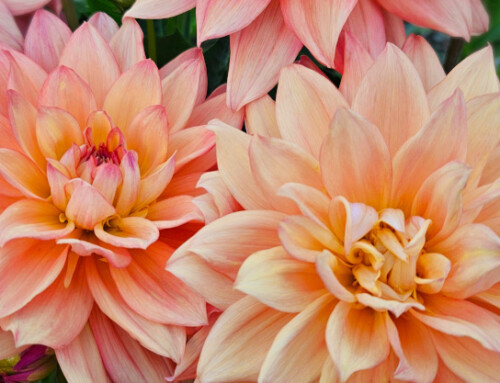
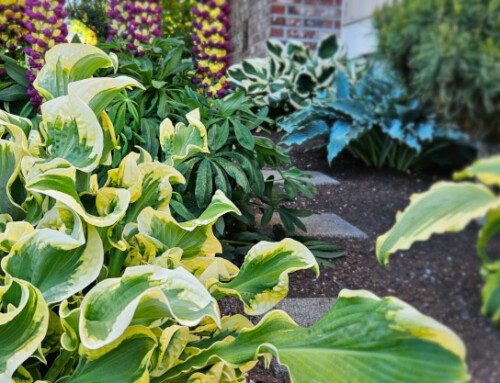
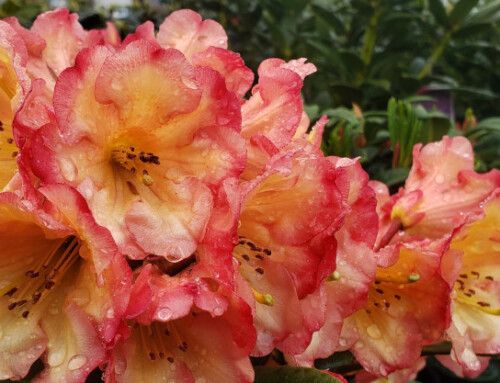
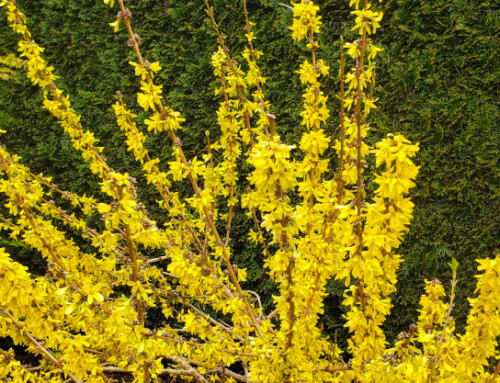
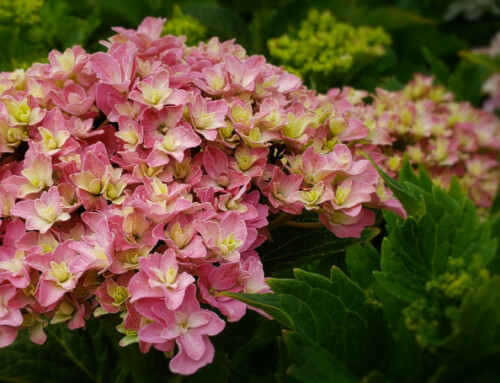
Leave A Comment